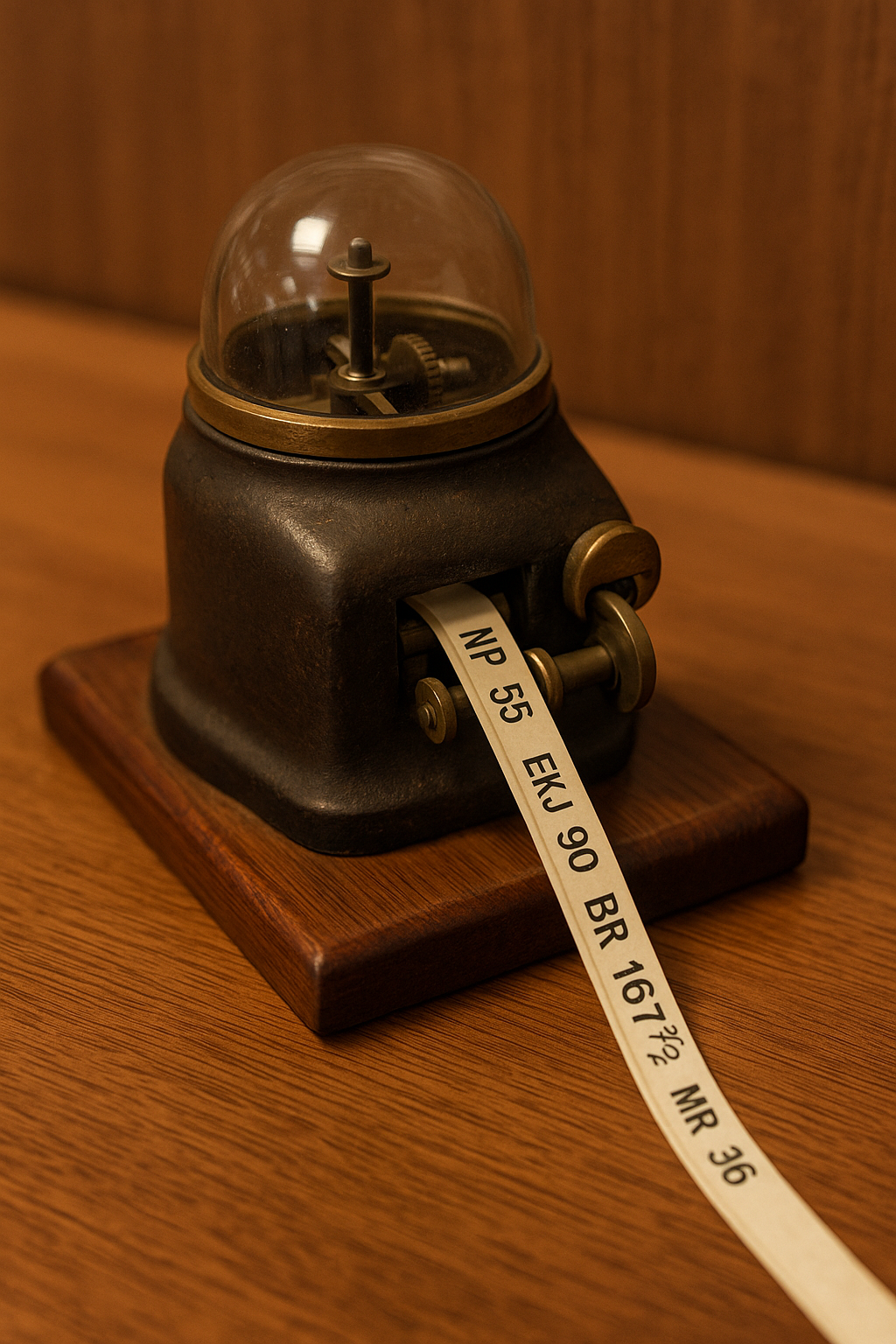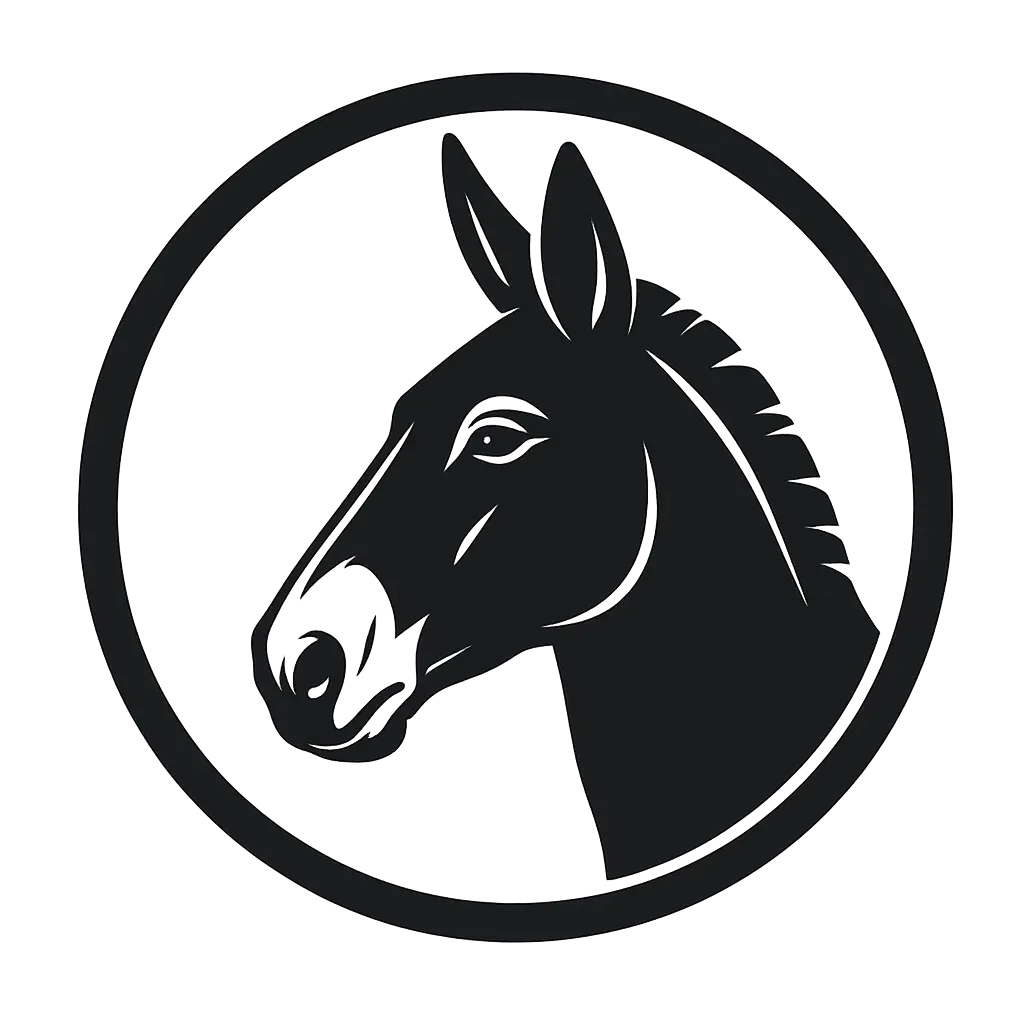Starting to Invest After Retirement
I used to believe investing was something you did while you worked. You built a nest egg, retired, and lived off it. Simple. But when retirement arrived, I quickly learned the story doesn’t end there.

I used to believe investing was something you did while you worked. You built a nest egg, retired, and lived off it. Simple. But when retirement arrived, I quickly learned the story doesn’t end there. Retirement isn’t the finish line—it’s the start of a new chapter. And in this chapter, investing takes on a different purpose.
For me, Social Security is the backbone of retirement. It’s steady, predictable, and deeply reassuring. I also receive book royalties, though they’re so modest they don’t change the math. Still, those checks remind me that something I created lives on, even if only in small ways.
The challenge is stretching what’s reliable into what’s needed—not just today, but for decades. People are living longer than ever. Inflation erodes every dollar. Thanks to the VA, my healthcare costs are not a burden, though dental care certainly is. To stay secure, money must keep working even after the paycheck stops.
In my working years, investing meant growth. I could take risks, knowing time was on my side. Retirement flips that logic. Every dollar feels more fragile, every downturn more personal. Yet avoiding risk completely isn’t safe either. Cash may feel secure, but inflation quietly eats away at it. The answer lies in balance: preservation with modest growth. Not to get rich, but to stay steady.
What works for me isn’t complicated. I keep a blend of index funds paired with several bond funds to smooth the ride, with a small percentage in gold as a hedge against inflation. I hold at least six months of expenses in cash, so I never have to sell in a downturn. I know bear markets often last longer, but Social Security continues, and downturns can also offer opportunities to strengthen my positions. I still remember the crash of 2008, when markets seemed to unravel overnight. Retirement balances fell by nearly half, and it took more than five years just to climb back to where they had been. That experience left its mark—it taught me the value of keeping cash reserves close and my risk measured.
It’s easy to be tempted by “safe” high-yield promises. They usually hide more risk than they reveal. The opposite trap is keeping too much in cash, where inflation steadily erodes value. And while my healthcare is mostly covered, I don’t ignore costs like dental or long-term care, which can upend even careful plans.
Investing after retirement isn’t about chasing wealth—it’s about buying freedom. The freedom to take the grandkids out without hesitation. The freedom to absorb a medical bill without panic. The freedom to live with dignity rather than fear. Even small details matter. Those modest royalties don’t change my financial picture, but they remind me my work still carries forward. Every stream, no matter how small, contributes to peace of mind.
Investing after retirement is different. The focus shifts from accumulation to alignment—making sure money supports the life I want. My investments don’t need to make me rich. They need to make me secure, steady, and whole.
And in the end, the real return isn’t measured in percentages. It’s measured in peace of mind—and the freedom to watch my grandkids grow without worrying about the market ticker.
